MCQ ON Abiotic agents (Types of Pollination) for NEET |MCQ ON Abiotic agents (Types of Pollination) for NEET Biology class 12th |MCQ Questions for class 12 Biology chapter 2, Abiotic agents (Types of Pollination) with answer | Check the below NCERT MCQ question for class 12 Biology chapter 2 based on Abiotic agents (Types of Pollination) with answers.
MCQ Questions for class 12 Biology with Answers were prepared based on the latest pattern. We have provided class 12 Biology MCQ questions on Abiotic agents (Types of Pollination) with answers to help students understand the concept very well.
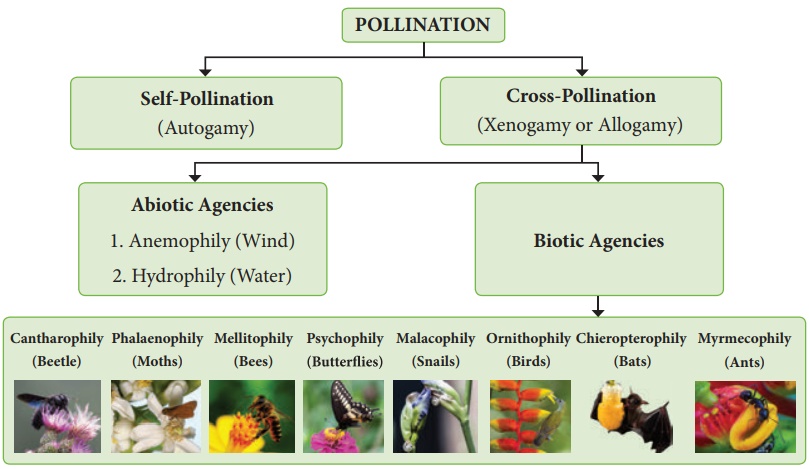
Abiotic agents (Types of Pollination)
MCQ on is useful for NEET/ CSIR/ UGC/ CBSE/ ICSE /AIIMS EXAM/ AFMC EXAM/ JAC exam/ STATE LEVEL MEDICAL EXAMEXAM
Introduction:-
Abiotic agents (Types of Pollination):- Abiotic agents in pollination refer to non-living factors or forces that facilitate the transfer of pollen between flowers, enabling plant reproduction. These agents do not involve the actions of living organisms like insects, birds, or animals. There are two primary types of abiotic pollination agents:
1. Wind Pollination (Anemophily): Wind is the most common abiotic pollination agent. In this process, plants produce large quantities of lightweight pollen that can be easily carried by the wind to reach the stigmas of other flowers. Wind-pollinated plants often have inconspicuous, small flowers with no need for attractive colors or scents to attract pollinators.
2. Water Pollination (Hydrophily): Some aquatic plants, such as those found in underwater environments, rely on water currents to transport their pollen from male to female reproductive structures. Water-pollinated plants typically have pollen that is very buoyant and can travel through water to reach the female flowers.
These abiotic agents are essential for the reproduction of certain plant species, particularly those that inhabit environments where pollinators are scarce or unreliable.
MCQ ON Abiotic agents (Types of Pollination) for NEET
Here are 15 multiple-choice questions about abiotic agents in pollination, along with their answers:
1. What are abiotic agents in pollination?
a) Insects
b) Animals
c) Non-living factors
d) Birds
Answer: c) Non-living factors
2. Which of the following is NOT an example of an abiotic pollination agent?
a) Wind
b) Water
c) Bees
d) Gravity
Answer: c) Bees
3. What is the primary abiotic pollination agent responsible for transferring pollen in the absence of living organisms?
a) Wind
b) Water
c) Birds
d) Insects
Answer: a) Wind
4. How do abiotic pollination agents like wind typically affect plant reproduction?
a) They lead to cross-pollination
b) They promote self-pollination
c) They have no effect on pollination
d) They rely on animals for pollination
Answer: a) They lead to cross-pollination
5. What is anemophily?
a) Animal pollination
b) Water pollination
c) Wind pollination
d) Gravity pollination
Answer: c) Wind pollination
6. Which type of plants commonly rely on wind pollination?
a) Plants with showy, colorful flowers
b) Aquatic plants
c) Insect-pollinated plants
d) Grasses and many trees
Answer: d) Grasses and many trees
7. How do plants adapted for wind pollination usually produce their flowers?
a) In clusters
b) As solitary, large blooms
c) In hidden locations
d) Underwater
Answer: a) In clusters
8. What is hydrophily?
a) Animal pollination
b) Wind pollination
c) Water pollination
d) Gravity pollination
Answer: c) Water pollination
9. Where is hydrophily commonly observed in plants?
a) In desert environments
b) In rainforests
c) In aquatic or semi-aquatic environments
d) In mountain regions
Answer: c) In aquatic or semi-aquatic environments
10. How do water-pollinated plants ensure successful pollination in aquatic environments?
a) By attracting bees with bright colors
b) By releasing pollen into the air
c) By producing buoyant, water-resistant pollen
d) By relying on fish for pollination
Answer: c) By producing buoyant, water-resistant pollen
11. What is the term for pollination that occurs due to the force of gravity?
a) Geitonogamy
b) Anemophily
c) Thigmotropism
d) Gravitropism
Answer: d) Gravitropism
12. In gravity pollination, what typically happens to pollen?
a) It falls directly to the ground for self-pollination
b) It is carried by insects
c) It is transported by wind
d) It adheres to the flowers for cross-pollination
Answer: a) It falls directly to the ground for self-pollination
13. What is the primary advantage of abiotic pollination methods like wind and water?
a) They increase genetic diversity
b) They require less energy from the plant
c) They involve complex interactions with animals
d) They result in highly specialized flowers
Answer: b) They require less energy from the plant
14. Which of the following is an example of a plant commonly pollinated by water?
a) Maple tree
b) Lily
c) Dandelion
d) Rose bush
Answer: b) Lily
15. In which environmental condition is wind pollination most efficient?
a) In calm, still air
b) In dense forests
c) In areas with strong, constant winds
d) In regions with high humidity
Answer: c) In areas with strong, constant windshield
Conclusion:-
MCQ ON Abiotic agents (Types of Pollination) for NEET | Which of the following is an example of a plant commonly pollinated by water? a) Maple tree, b) Lily, c) Dandelion d) Rose bush, Answer: b) Lily.

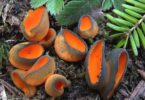
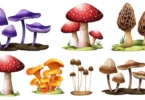
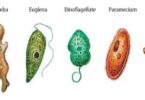
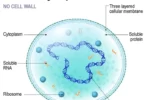
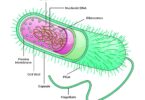
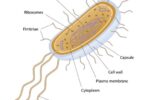
Leave a Comment